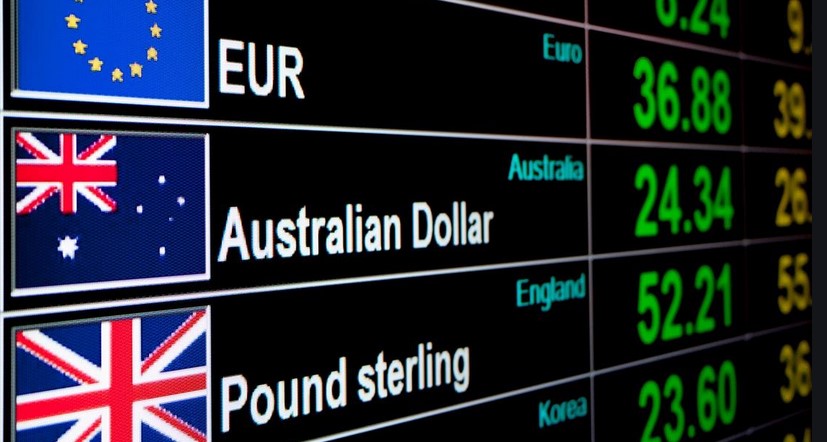The month of August had been very mild in terms of the currency market activity, but once September kicked in, major currencies had started to retreat from the highs. As we’ve expected in our August forex guide, nothing notable happened during the month, but now that the US dollar has started to gain ground, not favoring risk currencies like EUR or GBP, traders should start to question whether the impressive run higher can extend further.

EUR, GBP, AUD Fall
Over the past few weeks, the upward moves in currencies like the Euro, Pound, or Australian Dollar had lost steam, a sign that buyers were no longer confident to join the trend at higher levels. The COVID-19 pandemic had a smaller impact on valuations, considering encouraging signs related to vaccines and the fact that developed countries (except the USA) had kept the virus under control.
If we talk about EURUSD, the pair had stalled around 1.20, a key psychological area where a lot of profit-taking + selling interest seem to have converged, There had been a lot of chatter in the market about how the ECB could start to take indirect measures to counteract a further rising of the Euro because that can dampen the economic recovery of the Euro Area.
Markets overextended?
But not only the Euro had been weakening. All currencies that had been benefiting from the risk increase retraced lower for the past several days. Does this mean markets are overextended? Too early to call, from our point of view, as we need more confirmation to show where the market is headed.
Whether you want to trade false breakouts or using Expert Advisors (EAs), the near terms will be marked by several important risk factors, and because of that, caution might be the name of the game.
Important risks looking forward
Brexit negotiations, the US elections, and fears of a second COVID-19 wave are some of the aspects that will weigh heavily on the currency market in the next two months. All three have the potential to generate large swings in the market, which means traders will need to have a day-by-day approach and be flexible enough to adapt to different circumstances.
In Europe, COVID-19 cases are on the rise in countries like Spain, France, or Italy, communicating the virus is still present and although governments have vowed not to reimpose lockdowns, consumer confidence will hang in the balance. Combined with no resolution in terms of the future relationships between the EU and the UK, plus the need for a weaker currency to sustain the recovery, the upside for the EUR looks limited.
